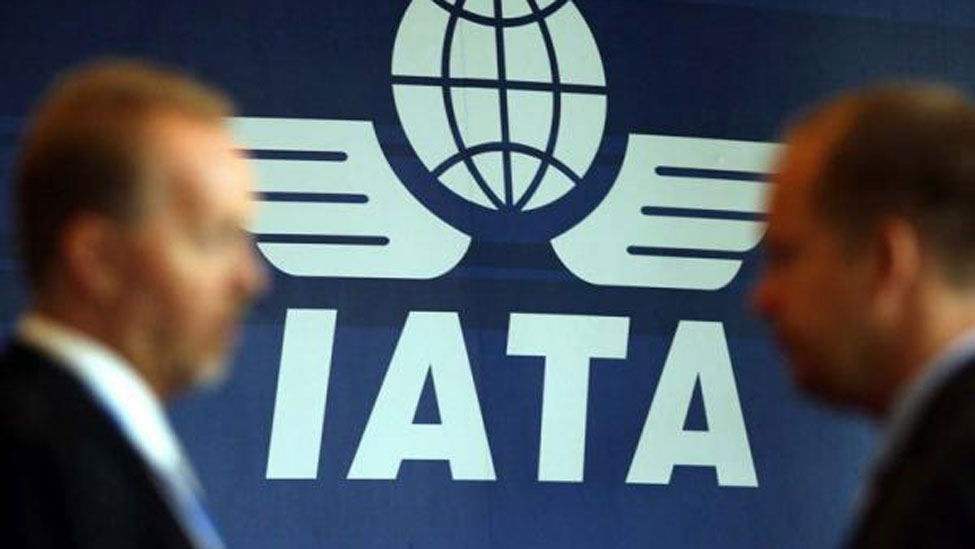
IATA: compared to a year ago, there are fewer goods being shipped

The International Air Transport Association (IATA) released March 2022 data for global air cargo markets showing a drop in demand. The effects of Omicron in Asia, the Russia – Ukraine war and a challenging operating backdrop contributed to the decline.Note: IATA has returned to year-on-year traffic comparisons, instead of comparisons with the 2019 period, unless otherwise noted. Cargo demand is tracking below pre-COVID-19 levels, and capacity remains constrained.
- Global demand, measured in cargo tonne-kilometers (CTKs*), fell 5.2% compared to March 2021 (-5.4% for international operations).
- Capacity was 1.2% above March 2021 (+2.6% for international operations). While this is in positive territory, it is a significant decline from the 11.2% year-on-year increase in February. Asia and Europe experienced the largest falls in capacity.
- Several factors in the operating environment should be noted:
- The war in Ukraine led to a fall in cargo capacity used to serve Europe as several airlines based in Russia and Ukraine were key cargo players. Sanctions against Russia led to disruptions in manufacturing. And rising oil prices are having a negative economic impact, including raising costs for shipping.
- New export orders, a leading indicator of cargo demand, are now shrinking in all markets except the US. The Purchasing Managers’ Index (PMI) indicator tracking global new export orders fell to 48.2 in March. This was the lowest since July 2020.
- Global goods trade has continued to decline in 2022, with China’s economy growing more slowly because of COVID-19 related lockdowns (among other factors); and supply chain disruptions amplified by the war in Ukraine.
- General consumer price inflation for the G7 countries was at 6.3% year-on-year in February 2022, the highest since 1982.
Willie Walsh, IATA’s Director General said: “Air cargo markets mirror global economic developments. In March, the trading environment took a turn for the worse. The combination of war in Ukraine and the spread of the Omicron variant in Asia have led to rising energy costs, exacerbated supply chain disruptions, and fed inflationary pressure. As a result, compared to a year ago, there are fewer goods being shipped—including by air. Peace in Ukraine and a shift in China’s COVID-19 policy would do much to ease the industry’s headwinds. As neither appears likely in the short-term, we can expect growing challenges for air cargo just as passenger markets are accelerating their recovery.”








